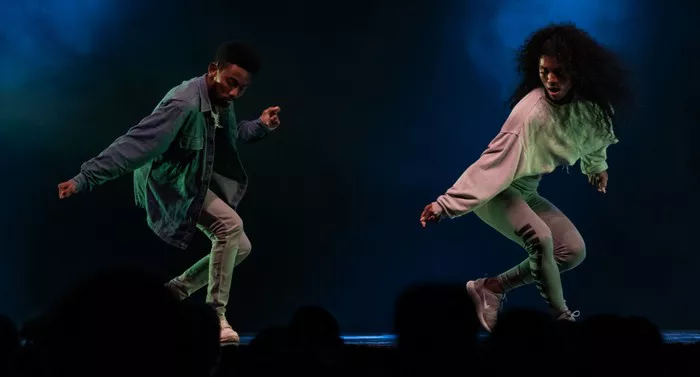Hip hop music has been a cultural phenomenon since its inception in the Bronx during the 1970s. Alongside the music, a distinctive dance style emerged, deeply rooted in the urban landscapes and expressive forms of the African American community. This dance style, known simply as hip hop dance, grew in popularity and diversity over the decades, influencing not just the dance world but also fashion, art, and social movements. In this article, we will delve into the evolution of hip hop dance, its key elements, notable styles within it, and its impact on popular culture.
Origins of Hip Hop Dance
Hip hop dance finds its origins in the vibrant streets of New York City, particularly the Bronx, during the 1970s. It was a time of social and economic challenges, yet out of this adversity emerged a creative explosion that would shape the cultural landscape for years to come. The pioneers of hip hop dance were often DJs, graffiti artists, and MCs who brought their unique energy and style to the dance floor.
One of the earliest forms of hip hop dance was breaking, also known as breakdancing. Breakdancing was characterized by dynamic moves such as spins, freezes, and intricate footwork, often performed to the beats of hip hop music at block parties and dance battles. It quickly gained popularity and became synonymous with the hip hop movement.
See Also: Indie Hip Hop Music
Key Elements of Hip Hop Dance
Hip hop dance is defined by several key elements that distinguish it from other dance styles:
Groove and Musicality: Hip hop dancers emphasize groove and musicality, syncing their movements with the rhythm and beats of the music. This creates a sense of flow and connection between the dancer and the music.
Isolation and Body Control: Hip hop dancers often use isolation techniques to move specific body parts independently, showcasing impressive body control and coordination.
Bounce and Swag: The style is characterized by a “bounce” or relaxed yet rhythmic movement, coupled with a sense of confidence and swagger known as “swag.”
Freestyle and Improvisation: Freestyle dancing is a core component of hip hop culture, allowing dancers to express themselves creatively and spontaneously.
Incorporation of Other Styles: Hip hop dance is versatile and often incorporates elements from other dance styles such as jazz, funk, and street dance, leading to the development of diverse hip hop dance forms.
Notable Styles within Hip Hop Dance
Over time, hip hop dance has evolved into various styles, each with its own unique characteristics and influences. Some notable styles include:
Breaking (Breakdance): Characterized by acrobatic moves, floorwork, and intricate footwork, breaking emerged as one of the foundational styles of hip hop dance.
Locking: Known for its exaggerated movements, pauses, and energetic performance, locking is a funk-based dance style that originated in the 1970s.
Popping: Popping involves contracting and relaxing muscles to create sharp, robotic movements, often accompanied by pops and hits to the beat of the music.
Krumping: A high-energy and expressive dance style characterized by aggressive movements, intense facial expressions, and freestyle improvisation.
House Dance: Originating from the house music scene, house dance emphasizes footwork, fluid movements, and improvisation, often danced to 4/4 beats.
Hip Hop Choreography: In contrast to freestyle dancing, hip hop choreography involves pre-planned routines that showcase a combination of hip hop moves, storytelling, and synchronized group performance.
Impact of Hip Hop Dance on Popular Culture
Hip hop dance has had a profound impact on popular culture, influencing not just dance but also fashion, music videos, movies, and mainstream media. It has become a global phenomenon, with dance crews, competitions, and events showcasing the diversity and creativity within the hip hop dance community.
In music videos, hip hop dance is often featured as a visual expression of the music, adding dynamic choreography and storytelling elements to enhance the overall artistic experience. Artists like Michael Jackson, Janet Jackson, and Beyoncé have incorporated hip hop dance into their performances, further cementing its place in mainstream entertainment.
Moreover, hip hop dance has been a vehicle for social commentary and empowerment, providing a platform for marginalized communities to express themselves, address social issues, and celebrate their cultural heritage.
See Also: Trap Hip Hop
Conclusion
Hip hop dance is a dynamic and influential dance style that grew out of the rich cultural heritage of the African American community. From its humble origins in the streets of New York City to its global impact on popular culture, hip hop dance continues to evolve, innovate, and inspire new generations of dancers and artists. Its fusion of rhythm, groove, storytelling, and self-expression makes it a timeless and iconic art form that resonates with people from all walks of life.

